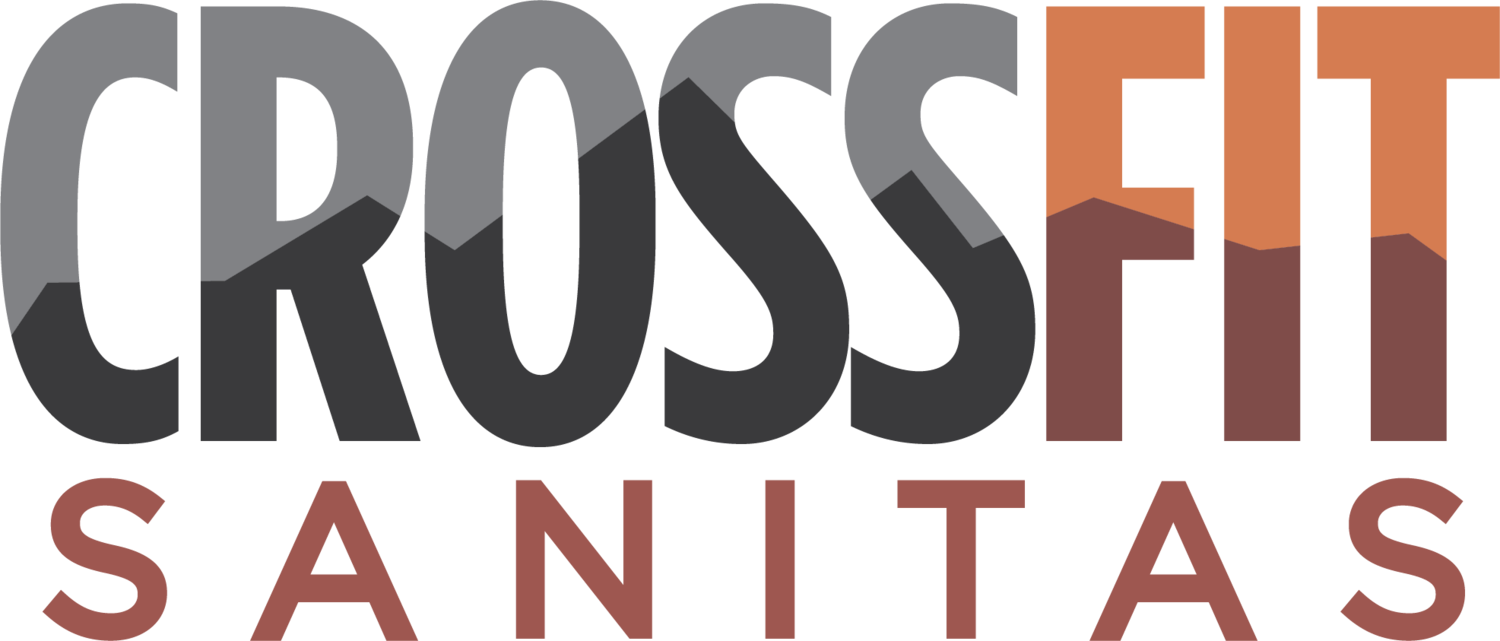COVID Risks: Know Them, Avoid Them
Snippet from written by Dr. Erin Bromage, who teaches Immunology and Infectious Disease at Dartmouth.
"The biggest outbreaks are in prisons, religious ceremonies, and workplaces, such as meat packing facilities and call centers. Any environment that is enclosed, with poor air circulation and high density of people, spells trouble. The main sources for infection are home, workplace, public transport, social gatherings, and restaurants. This accounts for 90% of all transmission events...
The risk of the gym and other indoor exercise venues varies. If the gym is strictly limiting the number of members present, the ventilation is good, and you are vigilant about wiping down surfaces, the risk is fairly low...
When assessing the risk of infection (via respiration) at the grocery store or mall, you need to consider the volume of the air space (very large), the number of people (restricted), how long people are spending in the store (workers - all day; customers - an hour). Taken together, for a person shopping: the low density, high air volume of the store, along with the restricted time you spend in the store, means that the opportunity to receive an infectious dose is low.If I am outside, and I walk past someone, remember it is “dose and time” needed for infection. You would have to be in their airstream for 5+ minutes for a chance of infection. While joggers may be releasing more virus due to deep breathing, remember the exposure time is also less due to their speed. Please do maintain physical distance, but the risk of infection in these scenarios are low."
After reading this article and several others with similar conclusions, we will focus on providing the best possible ventilation with open doors and our huge ceiling fan cranked up (particularly between classes). Also, it helps that we have such high ceilings and such a large volume of air in the gym.

